With this tutorial, we learn how to graph a parabola. The way you can tell it's parabola is that the 'x' value will be squared. With a line, 'y' and 'x' are not squared. The 'a' is the number in front, which will also be the coefficient in the graph. 'B' will be the number following that and 'c' will be the last number. Once you identify these, remember that they are always numbers. From here, you can draw out your graph. Follow the numbers that you just listed and then you can graph it out correctly with the right answer!
Apple's iOS 26 and iPadOS 26 updates are packed with new features, and you can try them before almost everyone else. First, check Gadget Hacks' list of supported iPhone and iPad models, then follow the step-by-step guide to install the iOS/iPadOS 26 beta — no paid developer account required.




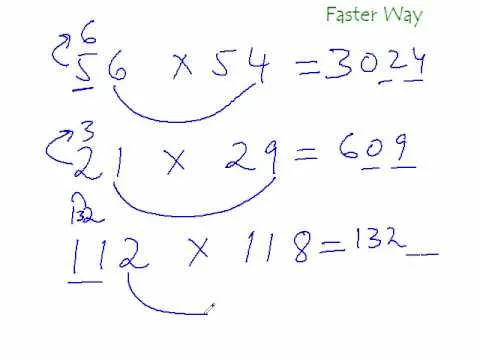
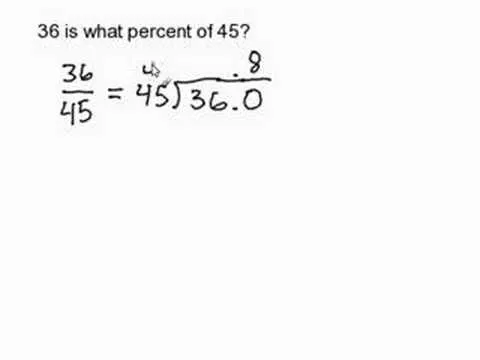
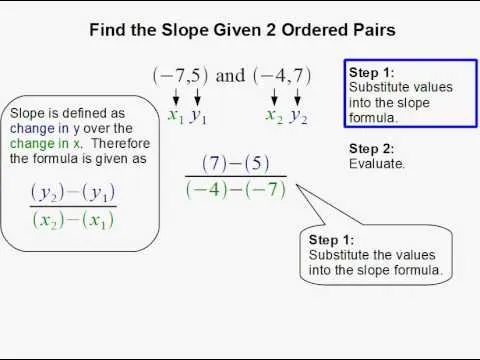











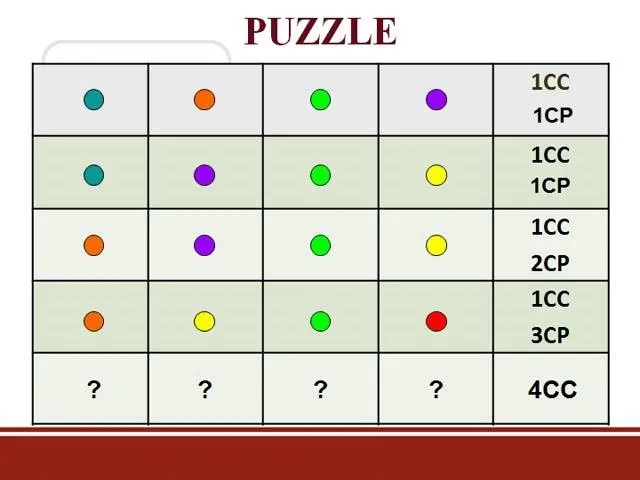
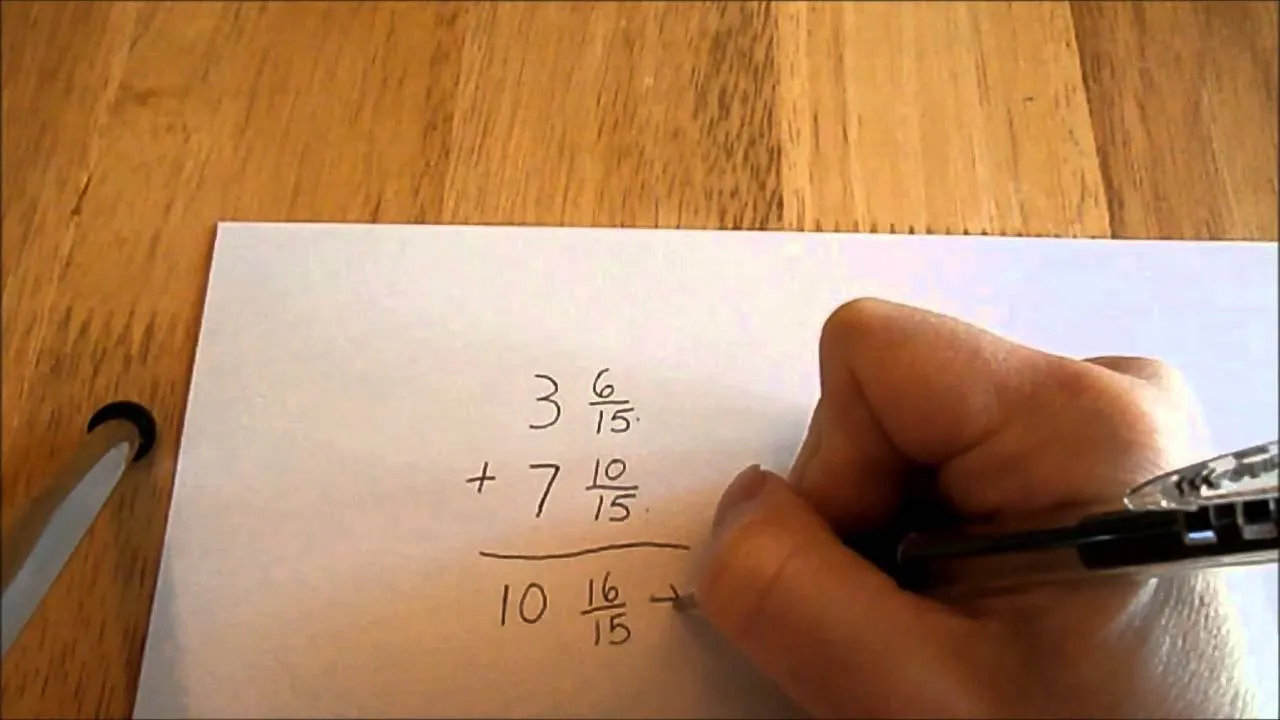

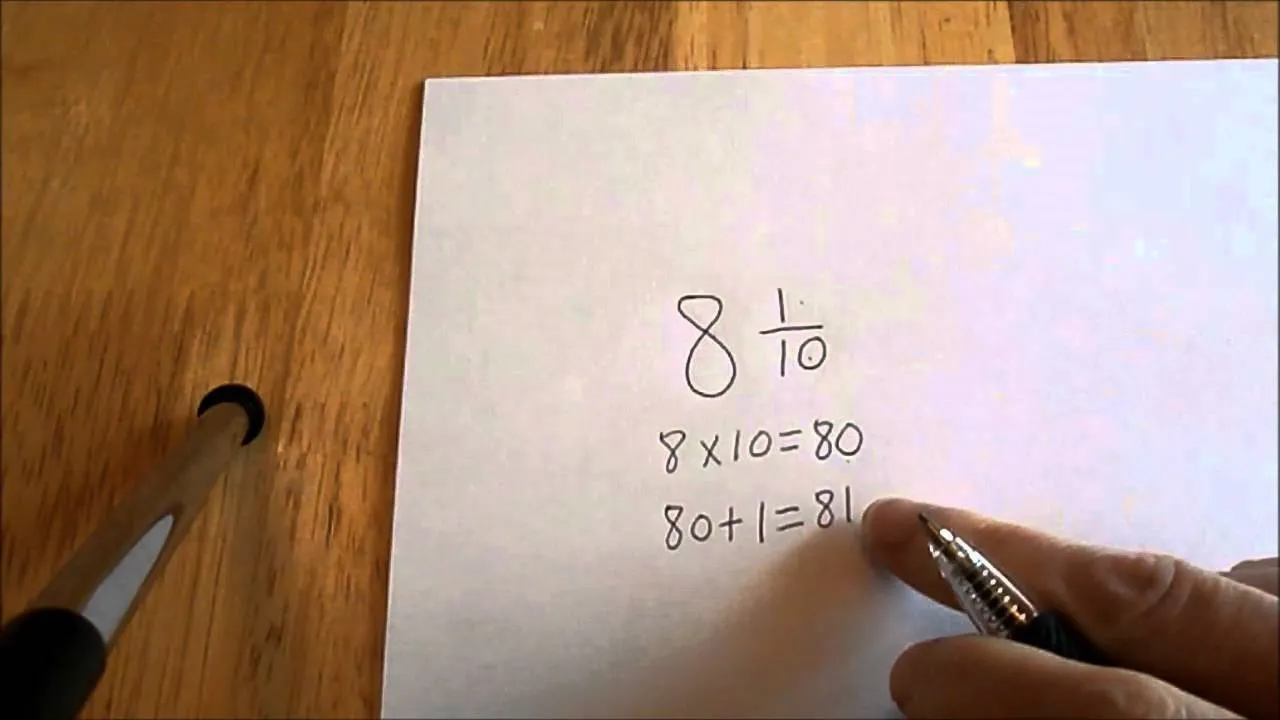


Comments
Be the first, drop a comment!